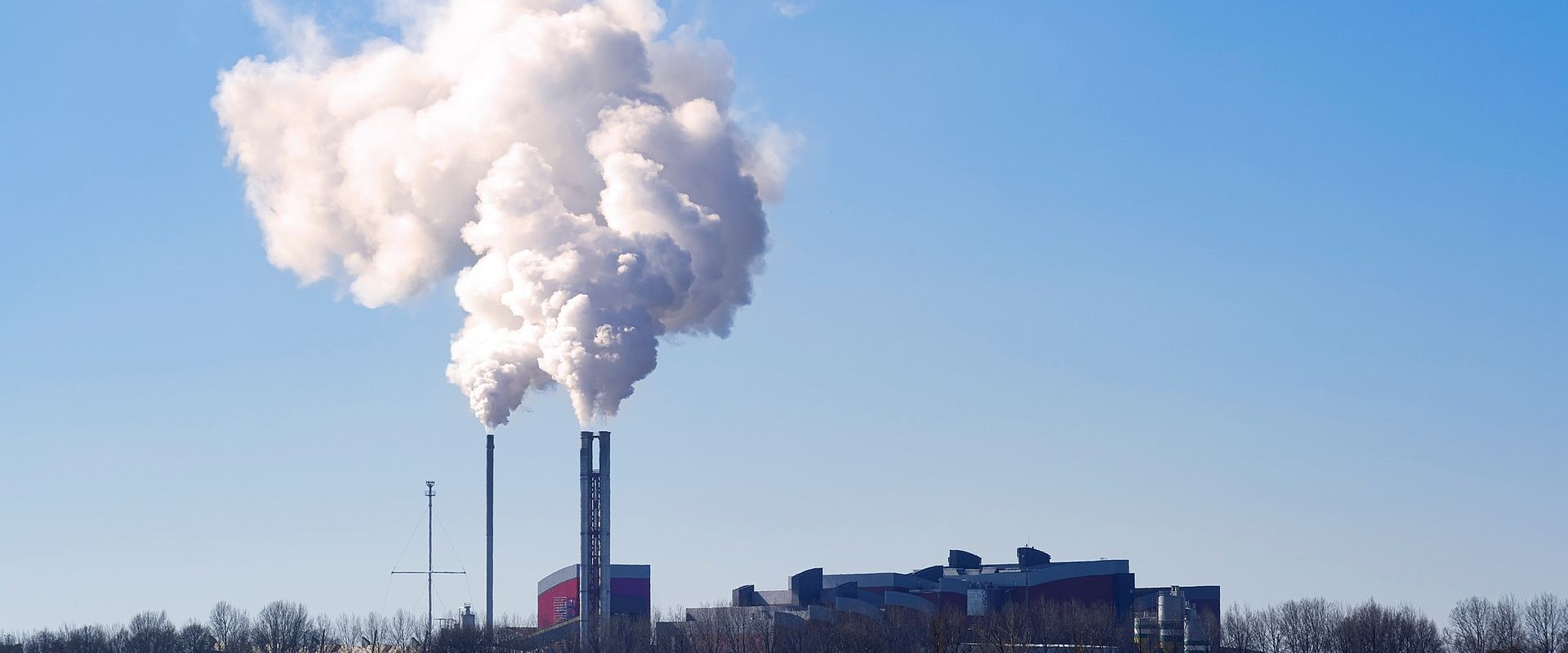
Fit for purpose emissions testing
Challenge
Air pollution remains the main environmental factor in human ill-health, with about 400,000 premature deaths attributed to ambient air pollution annually in the EU.
Industrial processes account for a sizeable share of polluting emissions, including sulfur dioxide (SO2 ), produced by burning fuels containing sulfur compounds and waste incineration. This toxic gas contributes to the formation of particulate aerosols that, along with other oxide compounds, can be responsible for respiratory illnesses, especially in children and the elderly.
The 2010 Industrial Emissions Directive (IED) commits member states to control and reduce the health effects of emissions, that, if successfully enforced, could, according to the European Commission, reduce premature deaths and years of life lost each year in Europe by 13,000 and 125,000, respectively. Applying the polluter pays principle, the IED requires around 50,000 facilities to meet stricter emission limit values (ELVs), achievable by using abatement technologies overseen by continual emission monitoring systems, in turn periodically tested according to approved Standard Reference Methods (SRMs).
The European Commission mandated Comité Européen de Normalisation (CEN) to develop SRMs to support previous legislation, assigning special status to these standards. For SO2 emissions, the SRM became specified by EN 14791 but this manual ‘wet chemistry’ method, involving passing stack gases through hydrogen peroxide before analysis for sulfate content, takes days to weeks to produce data. Attaining targeted lower limits would be a favourable outcome for air quality but presents a measurement challenge. Indeed, evidence emerged that raised doubts about the suitability of the SRM at lower levels of SO2 contemplated by the IED.
Alternative portable automated measuring systems were sometimes used not least due to inherent advantages for operators of real-time feedback. However, it was uncertain that these instrumental methods could be developed as a new SRM for showing compliance with the IED as the necessary quality assurance and control procedures had not been developed.
In 2015, CEN recognised that EN 14791 was unlikely to comply with limits scheduled to come into force, and that unexplained causes of errors during stack gas sampling and conditioning hindered the development of quality procedures for instrument-based alternatives. It asked the metrology community to identify causes of errors, devise methods to ensure representative samples can be delivered from stacks to analytical instruments, and for contributions to standardisation.
Solution
The project Metrology for sampling and conditioning SO2 emissions from stacks clarified limitations of the existing SRM, proved the equivalence of instrumental methods, and led to the development of a new method for measuring SO2 concentration.
Appointed as lead author, the project coordinator led the drafting of a CEN technical specification based on the method devised in the project. Drafts were enhanced by contributions of partners and other expert members of the technical committee for standardisation of methods for air quality (CEN/TC 264/WG 16).
Project findings and subsequent testing were shared at TC 264 annual meetings held in Helsinki in 2017, Seville in 2018, and Copenhagen in 2019.
Impact
The resulting technical specification CEN/TS 17021, published in January 2017, describes how to sample and determine concentrations of gaseous SO2 emissions from stacks based on instrumental techniques. It is both applicable to periodic measurements and calibrating automated measuring systems permanently installed on stacks, for regulatory or other purposes.
CEN recognised the ‘great value’ of the project and ‘pivotal contributions’ of consortium members to the specification, which it hoped would influence a future revision of EN 14791.
The specification enables plant operators to benefit from real-time data, facilitates the development of portable instrument markets, and allows the emissions monitoring community to embrace a less labour-intensive approach.
As lower sulfur dioxide emission limits come into force, CEN/ TS 17021 will enable plant operators to use more sensitive instruments better suited to measuring this important pollutant – so the IED can support the health and environmental benefits it was designed to deliver.
- Category
- EMPIR,
- Standardisation,
- Environment,
